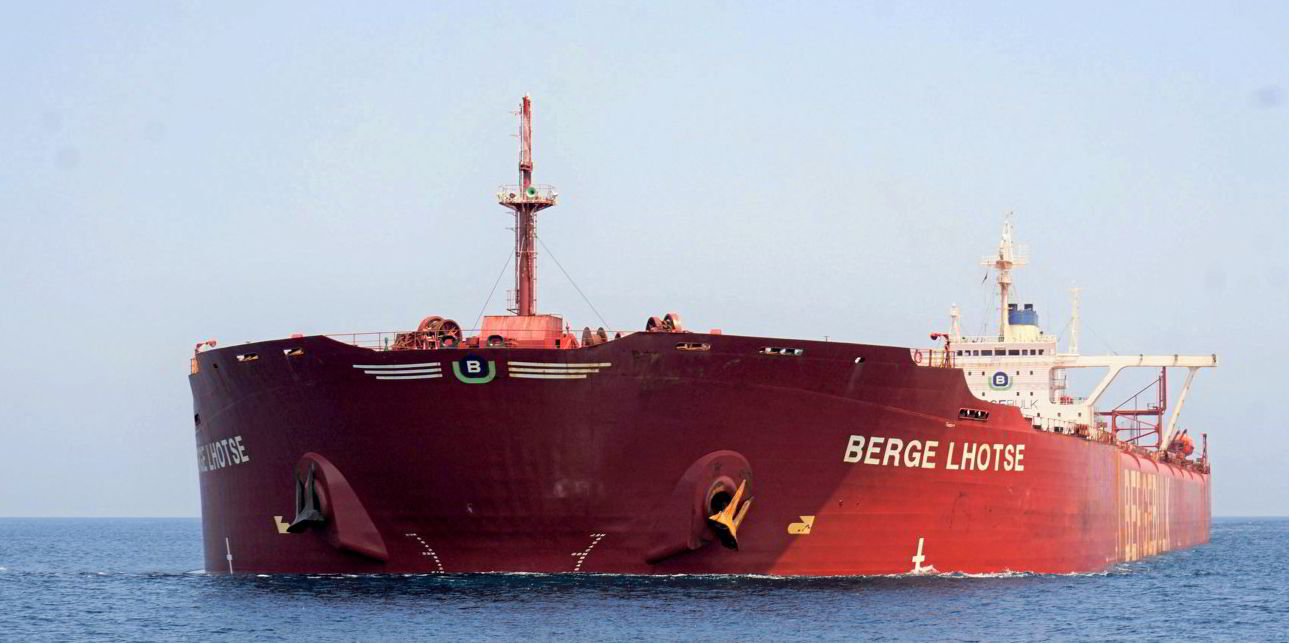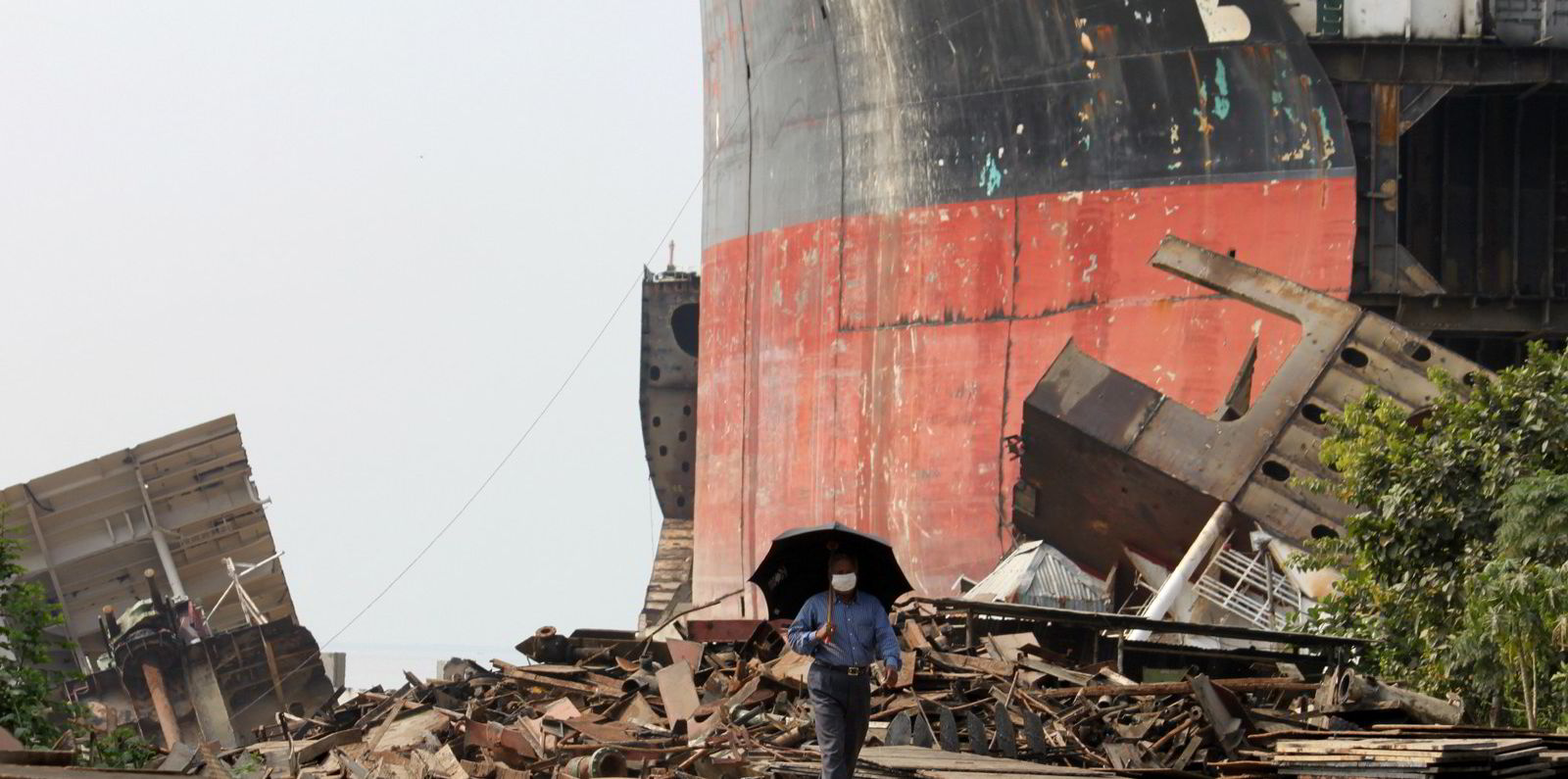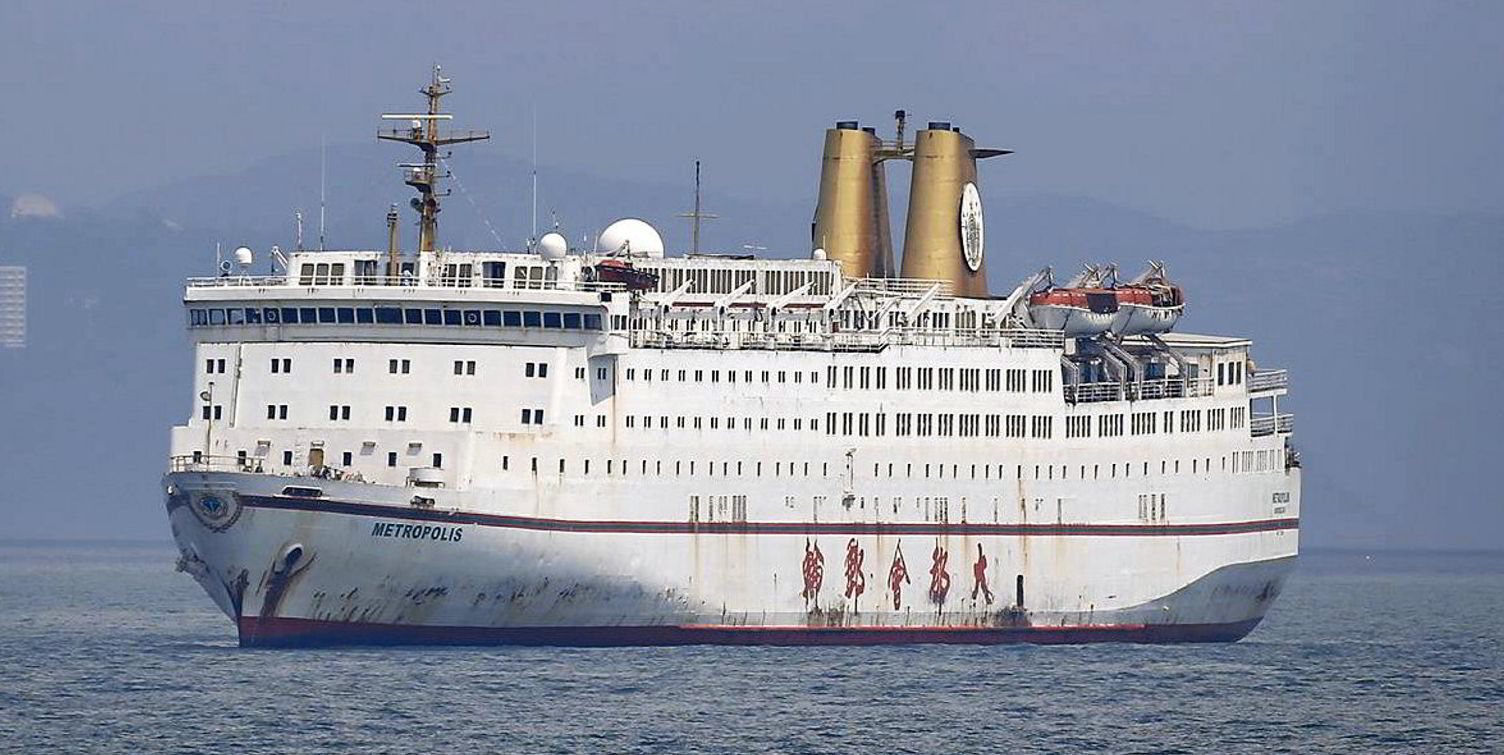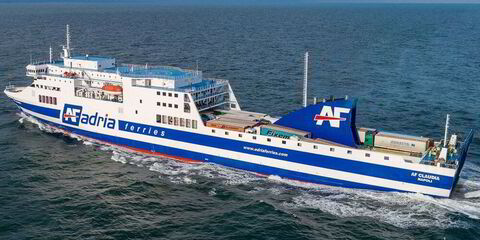More bulkers and cruiseships are being scrapped this year in turbulent markets, but Clarksons Research reckons the overall demolition level is still below what might have been expected in a pandemic.
So far in 2020, 439 vessels have been sent to breakers, totalling 19.2m dwt.
The UK company, a division of shipbroking giant Clarksons, is forecasting a final total of about 26m dwt for the whole year.
This would represent a year-on-year increase of circa 50% in dwt terms, but would still be the second lowest annual level since 2008, after a muted 2019.
"Given the shock to vessel demand following the initial Covid-19 outbreak, some might have expected a larger volume to be sold for scrap," said Clarksons Research analyst George Warner.
He attributed the figures to major disruption at recycling facilities earlier in the year, as well as improving rates for bulkers and boxships in recent months, plus the tanker boom in the spring.
No comparison to financial crash
After the 2008 financial crisis, scrap volumes more than doubled year-on-year to reach 33m dwt in 2009 — and this at a time when the global fleet was 40% smaller than today.
"Subdued scrap prices, floating storage requirements and the impact of green recycling regulations have also contributed," Warner added.
Despite recent rate rises, bulkers have still led the way for demolition in 2020, with 115 units sold for scrap, equating to 12.4m dwt.
This is up 100% from 2019 and includes 23 VLOCs of 260,000 dwt, many of which were converted VLCCs.
Berge Bulk scrapping?
This week, TradeWinds reported that Berge Bulk was set for another sale of a large bulker for demolition.
The 270,000-dwt ore carrier Berge Lhotse (built 1995) has been put on the market and is expected to be sold for scrap shortly, brokers said.
Neu Seeschiffahrt was also reported to be scrapping a VLOC in Bangladesh.

Clarksons Research said recycling of offshore ships has remained relatively firm amid continued weak market conditions, with 57 vessels sent to breaking yards so far in 2020, despite their low steel content.
Boxship scrap volumes have risen 14% year-on-year in teu terms this year, reaching 76 units of about 184,000 teu.
Containership scrapping slows
Activity rose notably in June and July following the Covid-19 demand shock, Clarksons Research said.
"However, supported by robust capacity management and returning volumes, market conditions recovered and scrapping activity has since slowed," Warner added.
In the devastated cruiseship sector, 11 vessels with a combined capacity of 19,600 berths have also been sold for scrap this year.
"With the sector under immense pressure, this total is already larger than any full year on record. However, with most owners opting for green recycling in Turkey, capacity concerns may have restricted volumes," Warner said.
Tanker recycling has been limited. Just 75 ships of 2m dwt have been offloaded, with crude tonnage particularly scarce for cash buyers, including just one VLCC.
"With a range of factors impacting activity, the year so far has reinforced the importance of keeping close track of recycling market dynamics," Warned concluded.






